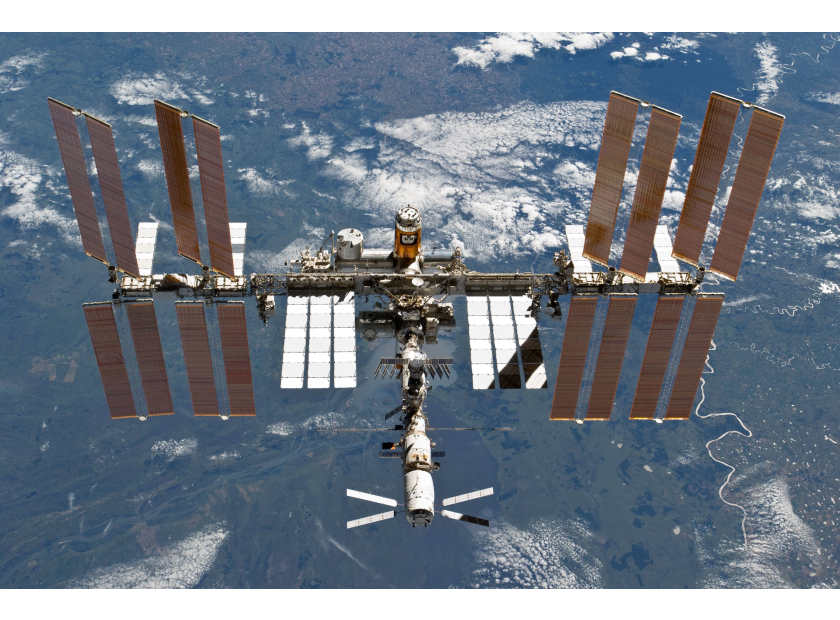Hardy Diagnostics aboard the ISS!
In total silence, a nearly
The International Space Station is a joint operation of five space agencies: NASA (USA), Roscosmos (Russia), JAXA (Japan), ESA (EU), and CSA (Canada). Launched in 1998, the ISS has been continuously manned for 18 years and 294 days as it has grown via additional modules. The newest module was added in 2016. During that time, 236 people have had the opportunity to visit the most remote workplace possible. However, while we are as fascinated with unfathomable expanse we not so eloquently refer to as space, here at the HardyBlog we are interested in something much, much smaller. Turns out, so were those aboard the ISS.
Over the course of 14 months and three separate flights, a
Dr. Kasthuri Venkatewaran, the corresponding author of the
study, said, “Specific microbes in indoor spaces on Earth have been shown to
impact human health. This is even more important for astronauts during
spaceflight as they have altered immunity and do not have access to the
sophisticated medical interventions available on Earth.” As you hurdle through
space nearly 249 miles above the
nearest possible hospital, it is understandable that even the slightest of
infections would be far more inconvenient.
Researchers found that the vast majority of microbes found on the ISS were human-associated in nature. Found most prominently were Staphylococcus bacteria at 26% of total isolates, followed by Pantoea (23% of isolates), and Bacillus (11% of isolates.) While most of these bacteria can be found in gyms, offices, and hospitals, suggesting that the ISS is similar to other
“Whether these opportunistic bacteria could cause disease in astronauts aboard the ISS is unknown,” says the primary author, Dr. Checinska Sielaff. “This would depend on a number of factors, including the health status of each individual and how these organisms function while in a space environment.” Staphyloccocus aureus (10% of isolates identified) is a common Gram-positive bacteria that can commonly cause skin infections that are easily treated. However, the rise of antibiotic-resistant strains of S. aureus such as MRSA (Methicillin-resistant S. aureus) and VRSA(Vancomycin-resistant S. aureus) have researchers far more concerned due to the remote nature of the ISS and her crew.
The study, which used both Hardy Diagnostics R2A agar and Potato Dextrose Agar, found that while fungal communities were stable over time, microbial communities changed over time. While the first and third flights produced similar results, the second flight had a far more diverse microbial diversity. The authors suggest that the differences could be attributed to the different astronauts on board during these times. As space travel becomes increasingly more common, even commercial in nature, this has interesting implications regarding astronaught hygiene and cleaning protocols of spacecraft.
The study which acted as the first comprehensive
References:
Reference
Guide to the International Space Station
(PDF) (Assembly Complete ed.). NASA. November 2010. ISBN 978-0-16-086517-6. NP-2010-09-682-HQ.
Characterization of the total and viable bacterial and fungal communities
associated with the International Space Station surfaces,Aleksandra Checinska Sielaff†, Camilla Urbaniak, et. al, Microbiome, April 2019. https://microbiomejournal.biomedcentral.com/articles/10.1186/s40168-019-0666-x







